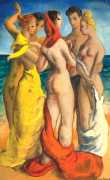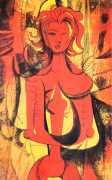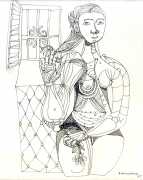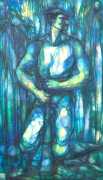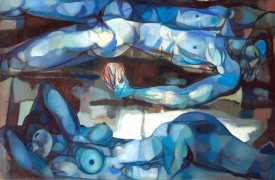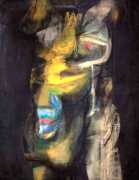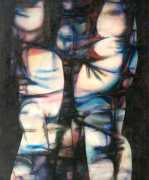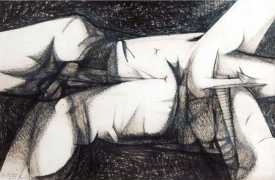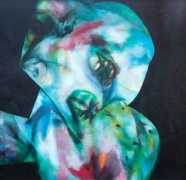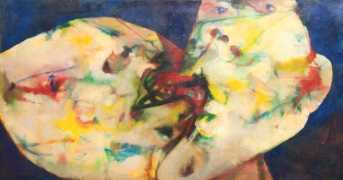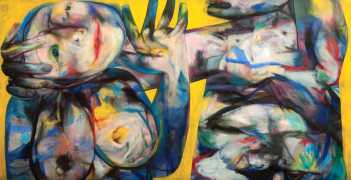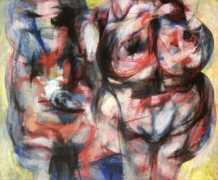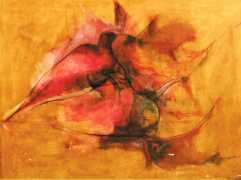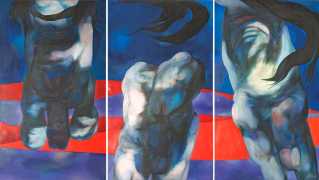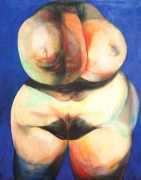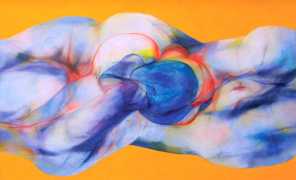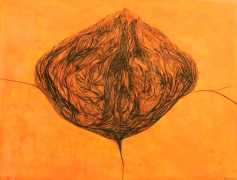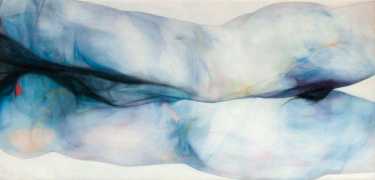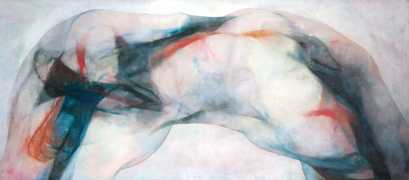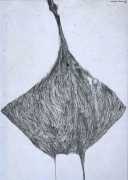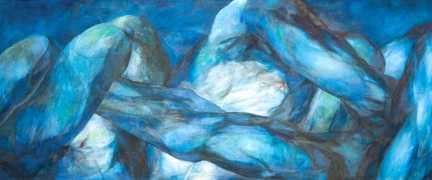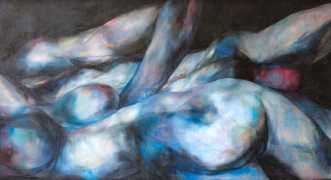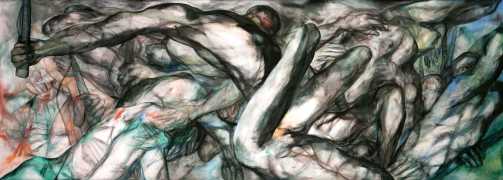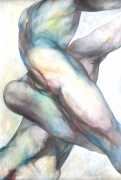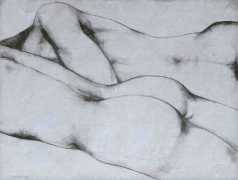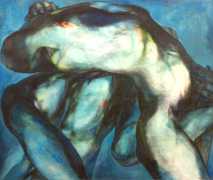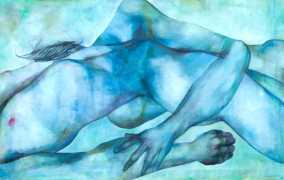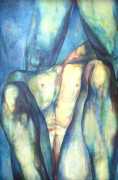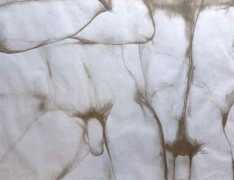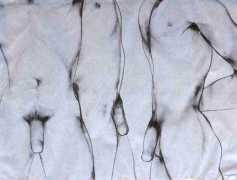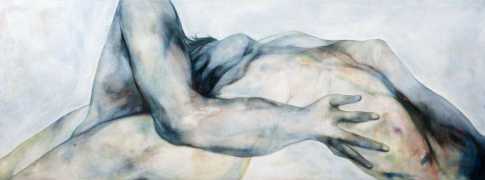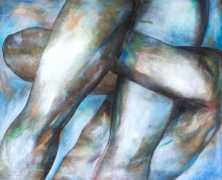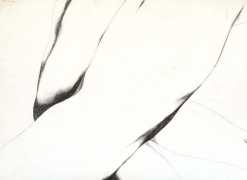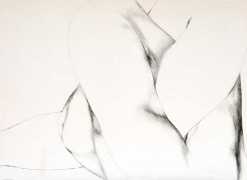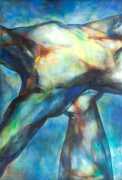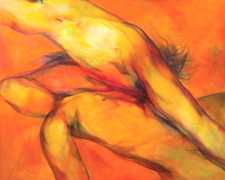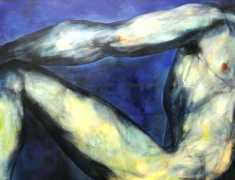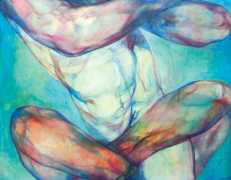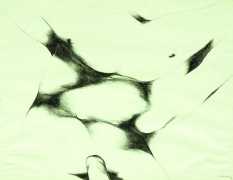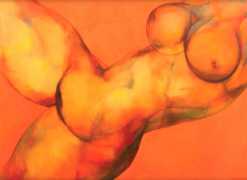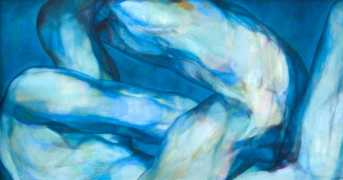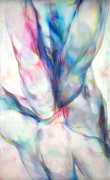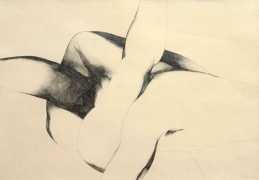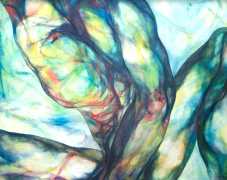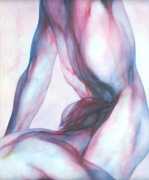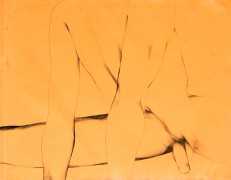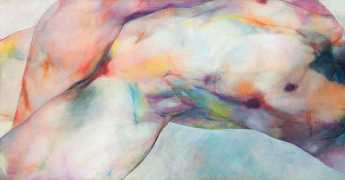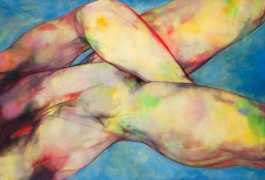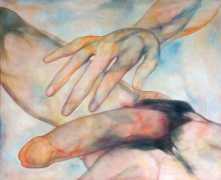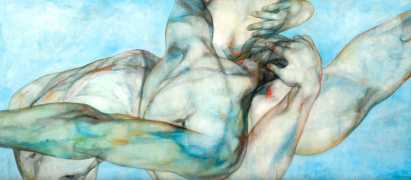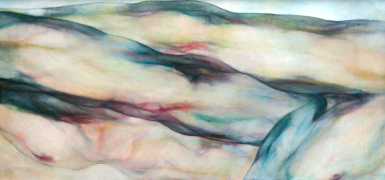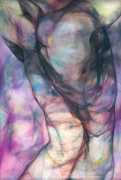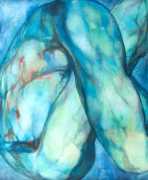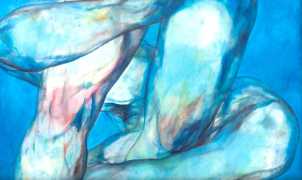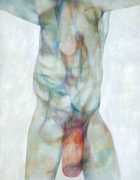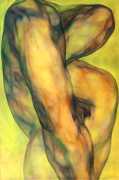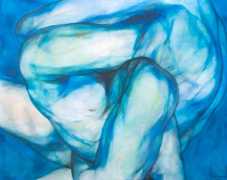 In a burst of highly original work in the 1970s, the Cuban artist Servando Cabrera Moreno created a personal, expressive, colourful and original artistic language to pay homage to the naked human body. As Rosemary Rodríguez Cruz writes in a 2014 review of Moreno and his work, Servando Cabrera Moreno: The Embrace of the Senses, he was ‘an artist of sensuality creating an authentic language – in his erotic cycle he reached the height of his talent, far from any accusations of perversion or obscenity’.
In a burst of highly original work in the 1970s, the Cuban artist Servando Cabrera Moreno created a personal, expressive, colourful and original artistic language to pay homage to the naked human body. As Rosemary Rodríguez Cruz writes in a 2014 review of Moreno and his work, Servando Cabrera Moreno: The Embrace of the Senses, he was ‘an artist of sensuality creating an authentic language – in his erotic cycle he reached the height of his talent, far from any accusations of perversion or obscenity’.
Moreno grew up in Havana, and graduated from the Escuela Nacional de Bellas Artes San Alejandro (San Alejandro School of Fine Arts) after completing studies at the Art Student’s League in New York and La Grande Chaumière in Paris. His first individual exhibition took place at the Lyceum in Havana in 1943.
His early work shows many influences, from Picasso and Surrealism to Cuban folk art. With the triumph of the Cuban revolution in 1959, he started to incorporate subjects from recent Cuban history in his paintings, and in 1961 he exhibited his epic paintings. From 1962 to 1965 he taught painting at the Escuela de Artes Plásticos de Cubanacán, but was summarily dismissed for his political views and more specifically for being gay.
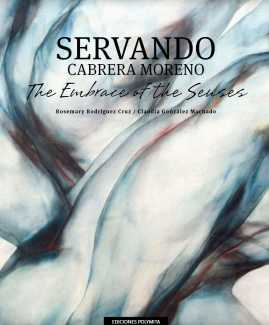 His forced separation from the Cubanacán and a heart attack in 1967 had a significant impact on his work. Both drove Moreno to reconsider his work; in an interview with Gerardo Mosquera he explained ‘My paintings of that period were very violent – genitals appeared with great satisfaction at being connected to the soil, like fruits or flowers. They didn’t have to hide any more.’ From 1970 until his too-early death from a second heart attack, he concentrated on the existential beauty of entwined human bodies which flow like landscapes. Most are not overtly sexual, but are decidedly sensual, masterly canvases which reconcile Moreno’s pictorial genius with his universe of spiritual joy, displaying his fundamental belief in a world that never ceases to be nuanced, and from which, despite all adversities, he was always able to extract the essence needed for his art.
His forced separation from the Cubanacán and a heart attack in 1967 had a significant impact on his work. Both drove Moreno to reconsider his work; in an interview with Gerardo Mosquera he explained ‘My paintings of that period were very violent – genitals appeared with great satisfaction at being connected to the soil, like fruits or flowers. They didn’t have to hide any more.’ From 1970 until his too-early death from a second heart attack, he concentrated on the existential beauty of entwined human bodies which flow like landscapes. Most are not overtly sexual, but are decidedly sensual, masterly canvases which reconcile Moreno’s pictorial genius with his universe of spiritual joy, displaying his fundamental belief in a world that never ceases to be nuanced, and from which, despite all adversities, he was always able to extract the essence needed for his art.
After his death a museum was established in his name in Havana, which in 2008 became the Museo Biblioteca Servando Cabrera Moreno. A complete online version of the 2014 book about his life and work can be found here.


